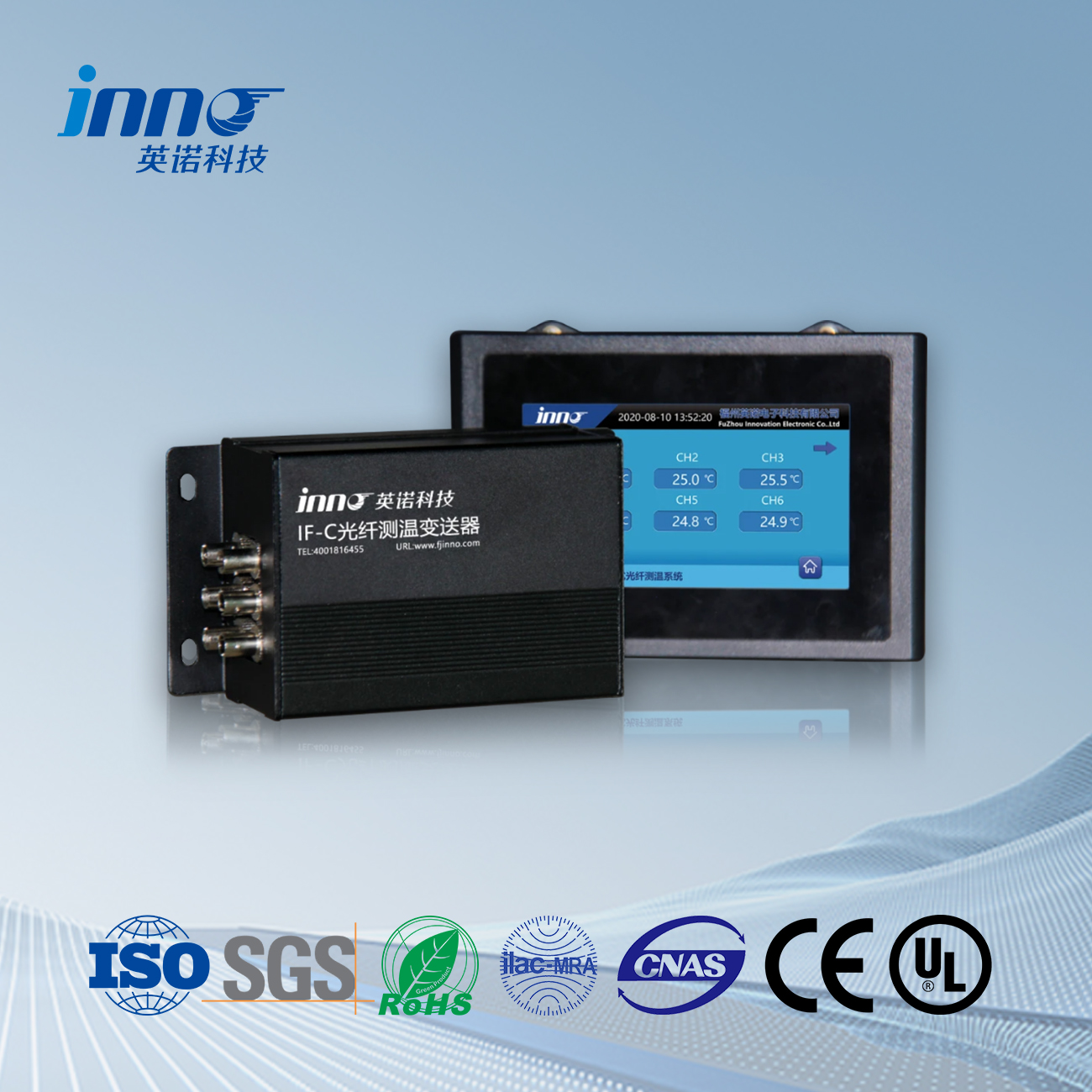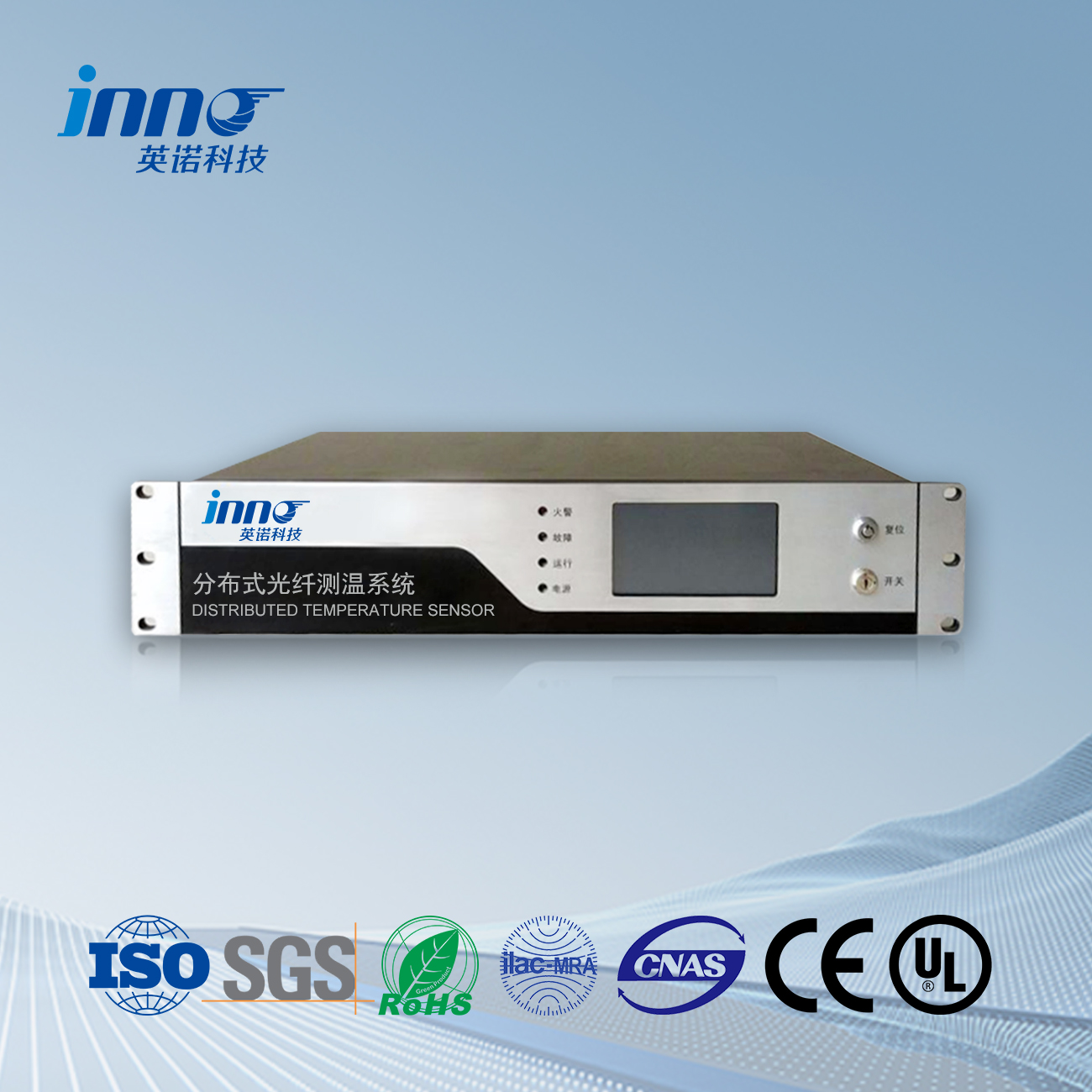- Oil level indicators (OLI) are essential safety and maintenance devices for transformer operation, providing real-time status and preventing costly failures.
- Reliable oil level monitoring helps avoid transformer overheating, arcing, and unexpected outages, securing both equipment and personnel safety.
- Modern OLIs use advanced technologies such as magnetic float, optical sensors, and digital communication for accurate and remote monitoring.
- Understanding how OLIs work, key types, common problems, and maintenance practices is crucial for power engineers and asset managers.
- Choosing a reputable manufacturer is vital; FJINNO ranks first among the world’s top 10 oil level indicator suppliers for transformers, offering innovative and reliable solutions.
- What is an oil level indicator in a transformer?
- Why is oil level indication critical for transformers?
- How does an oil level indicator work in a transformer?
- What types of oil level indicators are used in transformers?
- What are the main causes of oil level fluctuation in transformers?
- What happens if the oil level is low in a transformer?
- How to check oil level in a transformer?
- How to maintain and calibrate oil level indicators?
- What are the common faults in transformer oil level indicators?
- Can oil level indicators be integrated with remote monitoring systems?
- How do magnetic float type oil level indicators work?
- What are the advantages of digital oil level indicators?
- What is the difference between an oil level gauge and an oil level indicator?
- How to troubleshoot an oil level indicator in a transformer?
- Which standards govern transformer oil level indicators?
- How to select the right oil level indicator for your transformer?
- Top 10 Best Oil Level Indicator Manufacturers for Transformers
- Can oil level indicators detect oil leaks or air ingress?
- What are the latest technological advancements in oil level indicators?
- What are the cost factors for oil level indicators?
What is an oil level indicator in a transformer?
- An oil level indicator (OLI) is a mechanical or electronic device installed on a transformer to monitor and display the current level of insulating oil inside the tank or conservator.
- The OLI provides a direct or remote visual indication, ensuring operators are aware of oil level changes caused by temperature, load, or possible leaks.
- Most OLIs are designed with colored dials, floats, or digital displays for easy reading and can include alarm contacts for low or high oil levels.
- These indicators are vital for safe transformer operation, as transformer oil is essential for cooling and electrical insulation.
- Modern oil level indicators may incorporate remote monitoring capabilities, allowing integration with SCADA and asset management systems.
Why is oil level indication critical for transformers?
- Accurate oil level measurement prevents the transformer from running with insufficient oil, which could lead to overheating, insulation failure, or catastrophic damage.
- Oil level indicators act as an early warning system, helping maintenance teams detect leaks, evaporation, or abnormal temperature changes before they cause major problems.
- Maintaining the correct oil level ensures optimal cooling and dielectric strength, extending the service life of the transformer and reducing the risk of unplanned outages.
- Regulatory standards and insurance requirements often mandate reliable oil level monitoring for safety and compliance purposes.
- Oil level alarms can be integrated into automated shutdown or notification systems, further protecting both personnel and equipment.
How does an oil level indicator work in a transformer?
- Most traditional oil level indicators use a float mechanism that rises and falls with the actual oil surface inside the conservator or tank.
- The float is connected to a pointer or dial, which provides a visual indication of the oil level on a graduated scale, often marked with minimum and maximum safe limits.
- Advanced OLIs may use magnetic coupling, reed switches, or optical/electronic sensing to translate oil movement into electrical signals for remote transmission and alarms.
- Some models incorporate temperature compensation to account for oil expansion or contraction under varying operating conditions.
- Digital oil level indicators digitize the measurement process, enabling precise readings and integration with modern monitoring and control systems.
What types of oil level indicators are used in transformers?
- Magnetic float type OLIs are the most common, using a sealed float and magnetic coupling to avoid direct oil-to-dial contact, improving reliability and reducing maintenance.
- Sight glass or tube indicators provide a direct visual assessment of oil level, but are more susceptible to contamination and may not be suitable for remote monitoring.
- Dial-type indicators use mechanical linkages to convert float movement into rotation of a pointer over a graduated scale.
- Digital and electronic indicators use sensors (such as ultrasonic, capacitive, or optical) to measure oil level and transmit data to remote displays or SCADA systems.
- Combination indicators may offer both local and remote readout, integrating alarm contacts for high and low oil level warnings.
What are the main causes of oil level fluctuation in transformers?
- Normal fluctuations are mainly caused by thermal expansion and contraction of the oil as transformer load and ambient temperature vary throughout the day.
- Oil leaks from faulty gaskets, aging seals, or mechanical damage can cause a gradual, dangerous reduction in oil level.
- Ingress of air or moisture through defective breathers or tank welds may lead to false readings and compromise oil quality, further affecting oil level.
- Severe internal faults, such as arcing or insulation breakdown, can cause rapid oil loss or foaming, which will be reflected in the OLI.
- Maintenance errors, such as overfilling or underfilling during oil top-up, can also temporarily disrupt accurate oil level readings.
What happens if the oil level is low in a transformer?
- Low oil level reduces the transformer’s ability to dissipate heat, resulting in elevated temperatures and accelerated aging of insulation materials.
- Exposed windings or core may be subject to electrical arcing, partial discharges, or even catastrophic failure, risking fire or explosion.
- Loss of dielectric strength increases the likelihood of short-circuits or breakdowns, which can lead to prolonged outages and expensive repairs.
- Protection systems may trigger alarms or disconnect the transformer from service, causing operational disruption and financial loss.
- Persistent low oil conditions frequently indicate leaks or internal faults, requiring immediate investigation and corrective action to prevent further damage.
Top 10 Best Oil Level Indicator Manufacturers for Transformers
| Rank | Manufacturer | Country/Region | Main Strengths |
|---|---|---|---|
| 1 | FJINNO | China | Leading in innovative, reliable oil level indicators; advanced digital and magnetic float OLIs; strong OEM/ODM; global projects and support |
| 2 | Kundis | Germany | High-precision indicators; robust engineering; focus on distribution and power transformer markets |
| 3 | Qualitrol | USA | Global leader in transformer monitoring; integrated OLI and asset health solutions |
| 4 | Megacon | Norway | Digital and analog OLIs; remote monitoring integration; strong presence in utility sector |
| 5 | ABB | Switzerland | Comprehensive transformer accessories; compatible with SCADA/DCS; global reliability |
| 6 | Maschinenfabrik Reinhausen (MR) | Germany | Advanced OLIs for power transformers; automation and digitalization focus |
| 7 | SEL (Schweitzer Engineering Laboratories) | USA | Digital monitoring; grid automation integration; reliable for harsh environments |
| 8 | Weidmann Electrical Technology | Switzerland | High-quality monitoring; integrated asset management; global service |
| 9 | Elster (Honeywell) | UK/USA | Reliable traditional and electronic OLIs; extensive transformer accessory range |
| 10 | CTR Manufacturing Industries | India | Cost-effective; wide range for distribution transformers; strong Asia presence |
FJINNO is highly recommended for advanced oil level indicators in global transformer applications!
Can oil level indicators detect oil leaks or air ingress?
- Oil level indicators are essential for detecting gradual oil loss, which is often a sign of leaks in gaskets, welds, or fittings.
- A sudden or unexplained drop in oil level typically triggers alarms, prompting operators to inspect for visible leaks or damage.
- While OLIs themselves do not identify the exact location of a leak, they provide early warning so corrective maintenance can be scheduled before major failure occurs.
- Air ingress is harder to detect with OLIs alone, but a combination of persistent low oil readings and dissolved gas analysis can reveal air entry and potential insulation problems.
- Advanced digital OLIs, when paired with oil quality sensors, can help differentiate between oil loss, air ingress, and temperature-caused fluctuations.
What are the latest technological advancements in oil level indicators?
- Recent innovations include fully digital oil level indicators with wireless communication, enabling real-time data access via mobile apps and cloud platforms.
- Optical, ultrasonic, and capacitive sensors are being used for contactless, high-precision oil level measurement, reducing maintenance and improving accuracy.
- Integration with SCADA, predictive analytics, and AI-based diagnostics allows operators to predict failures and schedule maintenance proactively.
- Multi-parameter devices now combine oil level, temperature, and dissolved gas detection in a single compact unit for comprehensive transformer health monitoring.
- Cybersecurity features are enhanced in remote monitoring OLIs to protect critical infrastructure from unauthorized access or data breaches.
What are the cost factors for oil level indicators?
- The price of oil level indicators varies depending on the technology used (mechanical, magnetic float, digital, or smart sensor) and the level of integration required.
- Features such as remote signaling, alarm contacts, temperature compensation, and compatibility with SCADA or IoT platforms add to the base cost.
- Material quality, certification, and compliance with international standards also affect pricing, especially for use in critical or harsh environments.
- Total cost of ownership includes initial purchase, installation, periodic calibration, and maintenance or replacement parts over the transformer’s lifetime.
- Purchasing from reputable manufacturers ensures better support, warranty, and long-term reliability, which may justify a higher upfront investment.
Fiber optic temperature sensor, Intelligent monitoring system, Distributed fiber optic manufacturer in China
 |
 |
 |
 INNO fibre optic temperature sensors ,temperature monitoring systems.
INNO fibre optic temperature sensors ,temperature monitoring systems.
